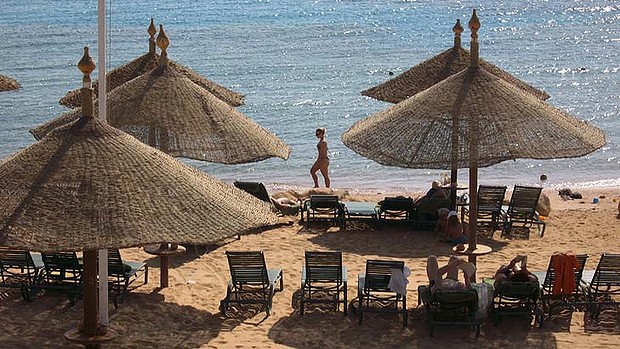 Net International Reserves (NIR) have risen at the end of October to reach $15,483.8 million after a slight unexpected decrease in September.
Net International Reserves (NIR) have risen at the end of October to reach $15,483.8 million after a slight unexpected decrease in September.
The $441 million increase is mainly attributed to the second instalment worth $500 million of the promised $2 billion Qatari loan.
The delay of the instalment, which was due in September, was caused by a dip in the reserves last month against all expectations; the decline was amplified by the increasing “importing appetite” of the government and the private sector, according to experts.
The first tranche of the deposit that materialised in August fuelled the reserves’ biggest gain since the 25 January revolution, during this month, the net reserves rose by $705 million to reach $15.1 billion, according to Central Bank data.
In July 2012, the NIR plunged by nearly $1,111 million because of the repayment of a €1 billion bond and $606.5 million trimester payment of Egypt’s external debt to the Paris Club member countries, as mentioned on the bank’s website.
In June the reserves witnessed a slight increase of only $19 million despite the fall in foreign currencies from $11468 million to $10,926 million, the gain was a result of a revaluation of the gold reserves at the end of the fiscal year 2011/2012 pushing its value from $2.7 billion to $3.3 billion. The stagnant growth ended a three month increase starting in April, which reversed the continuing negative trend triggered by the political unrest following the January revolution.
On the revolution’s eve, the reserves stood at $36.1 billion, they lost $1 billion in January 2011 and $1.7 billion in February of the same year and kept dwindling in till March 2012, by then they had lost approximately 58 per cent of their value.
The Egyptian foreign reserves are composed of convertible foreign currencies (the main bulk of the reserves) divided into securities and currency deposits at different banks, gold deposits, IMF reserve position, financial derivatives and special drawing rights.
The international reserves are used to finance the country’s exportations; they can also be sacrificed to preserve the national currency’s value.


